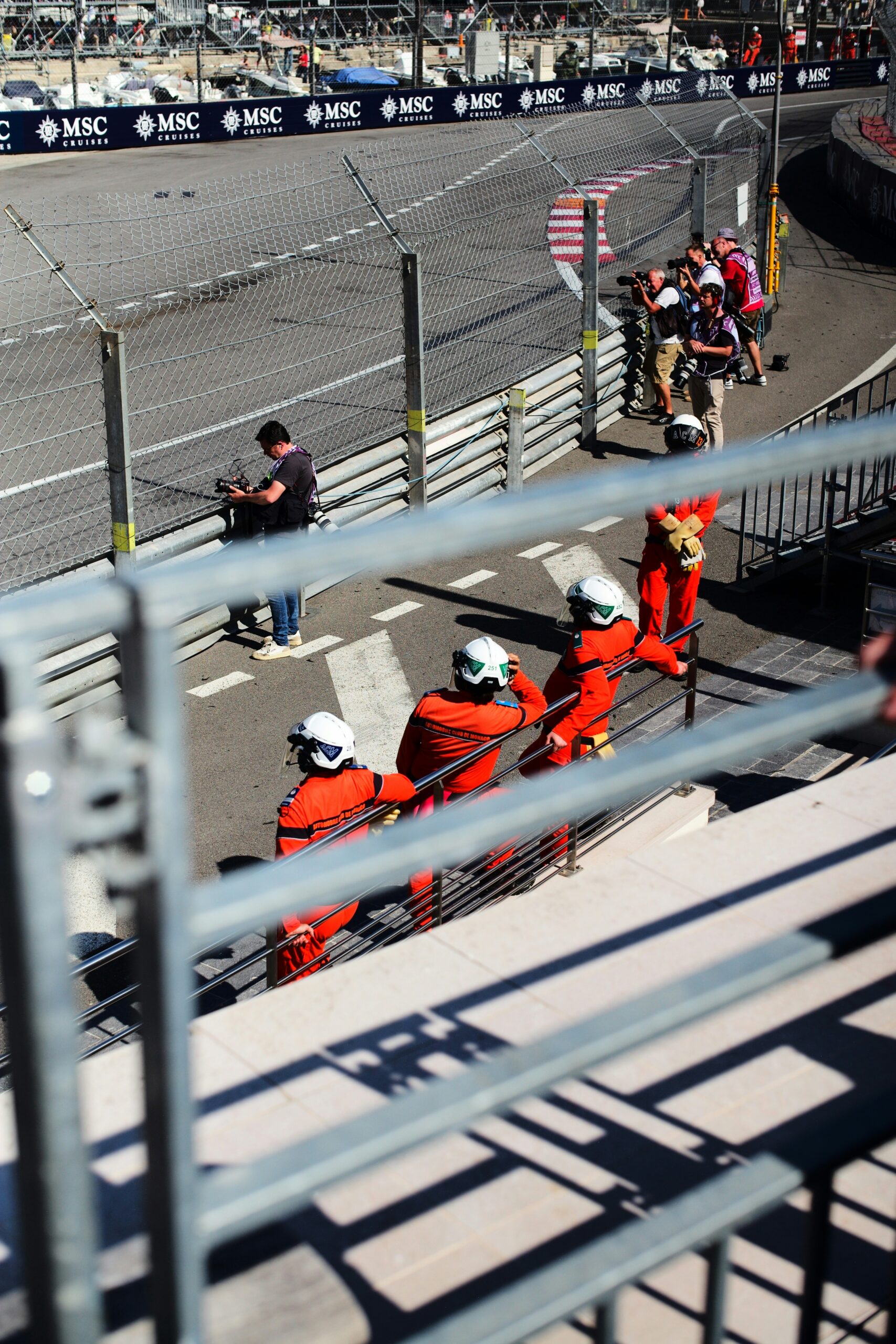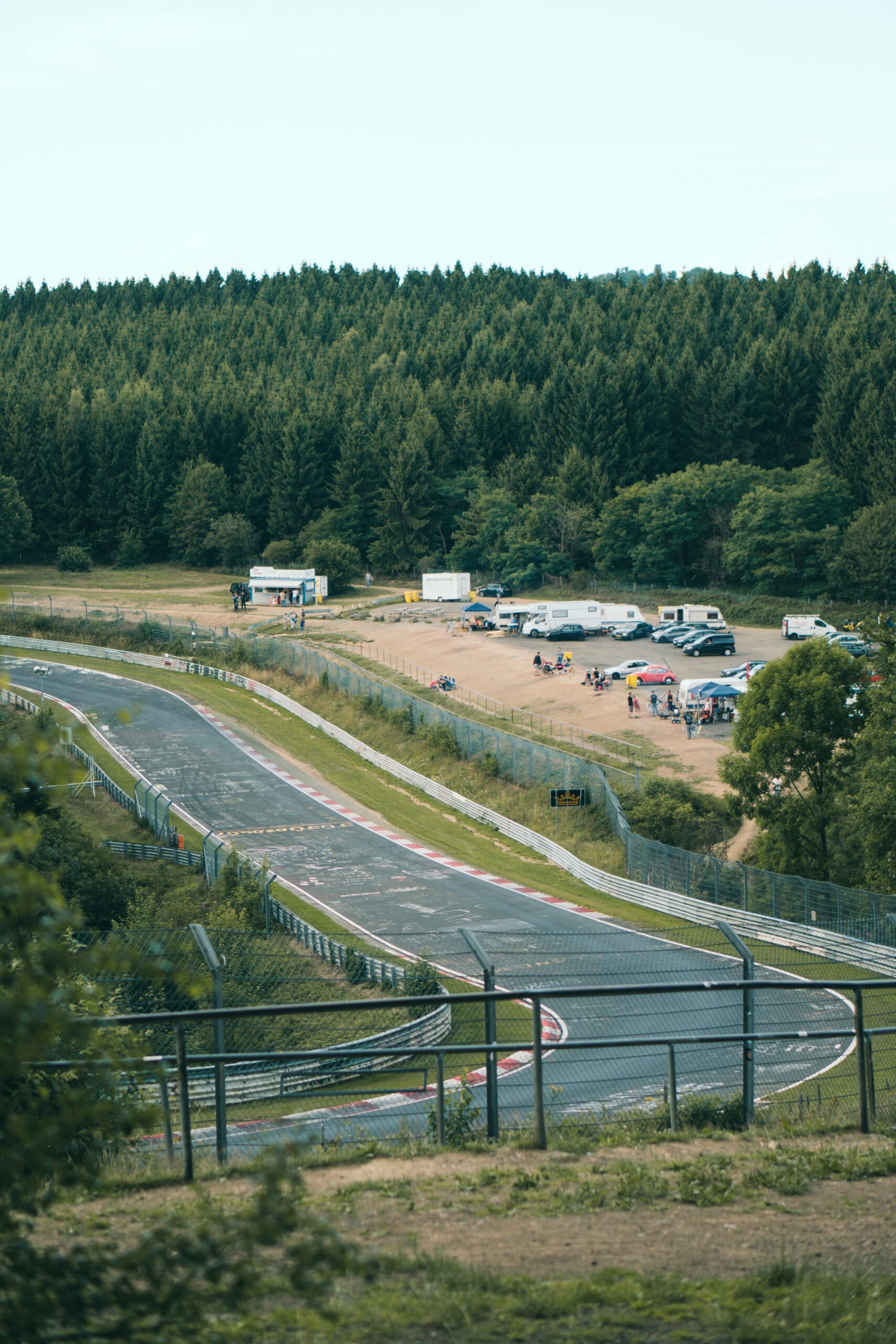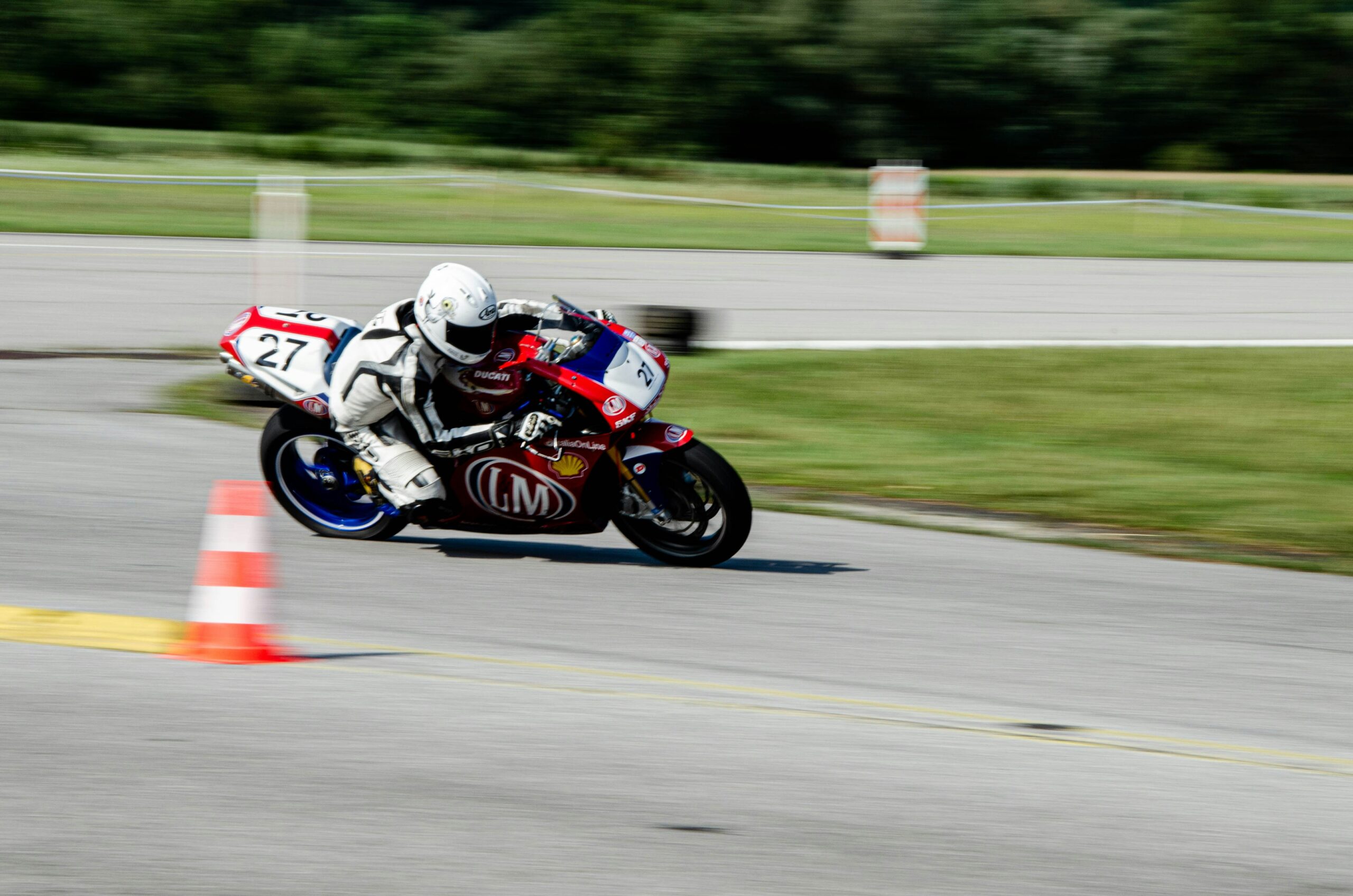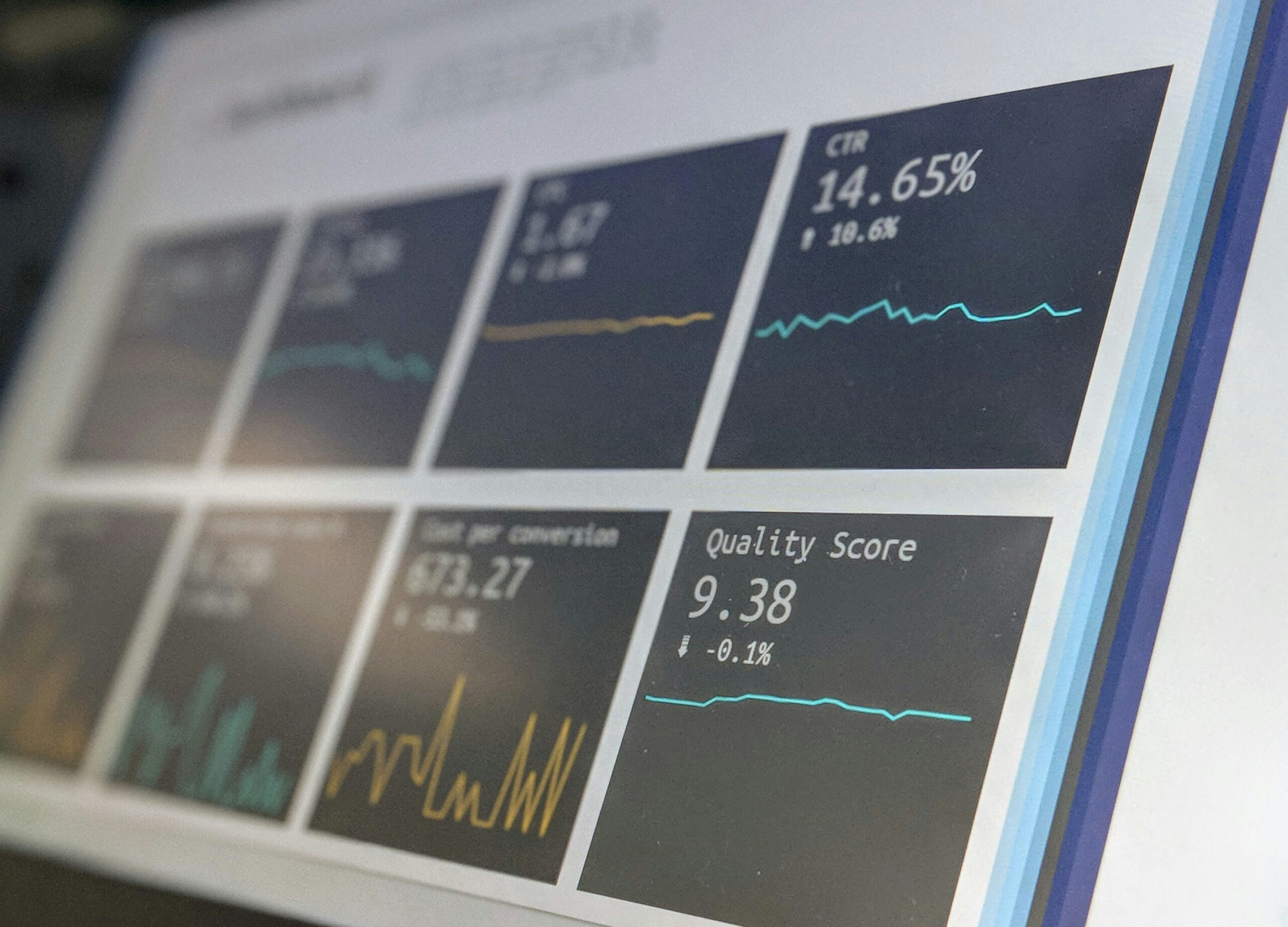Introduction to the F1 Belgium Grand Prix
The F1 Belgium Grand Prix stands as one of the most illustrious events in the Formula 1 calendar. With a rich history dating back to its inception in 1950, this race has become synonymous with thrilling motorsport action. Nestled in the heart of the Ardennes forest, the Circuit de Spa-Francorchamps provides a picturesque and challenging setting that is both loved and respected by drivers and fans alike. Its unique blend of long straights, sharp turns, and elevation changes offers a test of skill and endurance, distinguishing it from other Grand Prix circuits.
Renowned for its unpredictable weather conditions, the Belgium Grand Prix often sees races that are as much about strategic acumen as they are about raw speed. The circuit’s layout, featuring iconic corners such as Eau Rouge and La Source, ensures that each lap is an exhilarating experience. This variability, coupled with the track’s technical complexity, has solidified Spa-Francorchamps as a favorite among the F1 community, making it a perennial highlight of the racing season.
Beyond the technical aspects, the Belgium Grand Prix holds a special place in the hearts of motorsport enthusiasts due to its storied past. Legends of the sport such as Ayrton Senna, Michael Schumacher, and Lewis Hamilton have all showcased their prowess on this demanding track, adding to the event’s prestige. The race has also been the backdrop for some of the most memorable moments in F1 history, contributing to its legendary status.
In essence, the F1 Belgium Grand Prix is not just another race on the calendar; it is a celebration of the sport’s heritage, a showcase of engineering marvels, and a testament to the skill and bravery of Formula 1 drivers. Its enduring appeal lies in the perfect blend of history, challenge, and spectacle, making it an unmissable event for anyone passionate about motorsport.
The Legendary Circuit de Spa-Francorchamps
The Circuit de Spa-Francorchamps, located in the Belgian Ardennes, stands as one of the most revered tracks in the world of Formula 1. Its reputation is built on a combination of challenging corners, significant elevation changes, and a picturesque setting that captivates both drivers and fans alike. The circuit’s length of 7.004 kilometers makes it one of the longest tracks on the F1 calendar, demanding unparalleled focus and skill from even the most seasoned drivers.
Among the many iconic features of the Circuit de Spa-Francorchamps, the Eau Rouge and Raidillon complex stands out. This sequence of corners, characterized by a steep uphill climb and a blind crest, tests the limits of car performance and driver bravery. Successfully navigating Eau Rouge and Raidillon at high speed is a hallmark of precision and courage, often separating the best from the rest.
The track’s layout, with its mix of fast straights and tight corners, combined with unpredictable weather conditions, creates a dynamic racing environment. The elevation changes, with some sections dipping and rising sharply, add another layer of complexity to the race, challenging drivers to adapt quickly to the track’s undulating nature.
Historically, the Circuit de Spa-Francorchamps has been the site of numerous memorable moments in Formula 1. The 1998 Belgian Grand Prix, for instance, is remembered for its dramatic multi-car pileup on the first lap in wet conditions. Records have also been set here, with Michael Schumacher holding the record for the most wins at Spa, having triumphed six times. The track holds a special place in the hearts of fans and drivers alike, with its unique ability to deliver thrilling and unpredictable races year after year.
Memorable Moments in Belgium Grand Prix History
The Belgium Grand Prix, held at the iconic Circuit de Spa-Francorchamps, has delivered some of the most unforgettable moments in Formula 1 history. This legendary track, with its challenging corners and unpredictable weather, has been the backdrop for dramatic finishes, iconic victories, and notable crashes that have left an indelible mark on the sport.
One of the most dramatic finishes occurred in 1998, under treacherous wet conditions. The race saw a massive 13-car pile-up on the first lap, which led to a restart. Later, a collision between Michael Schumacher and David Coulthard ended Schumacher’s race and ignited a heated confrontation. Despite the chaos, Damon Hill clinched an unexpected victory for Jordan, marking the team’s first-ever win in Formula 1.
In 2000, Mika Häkkinen delivered one of the most iconic overtakes in F1 history. Battling for the lead with Michael Schumacher, Häkkinen executed a breathtaking move by passing the German on the Kemmel Straight, using the lapped car of Ricardo Zonta as a buffer. This daring maneuver not only secured Häkkinen’s win but also underscored the skill and bravery required to triumph at Spa.
The 2019 Belgium Grand Prix was a poignant event, marked by the tragic loss of young driver Anthoine Hubert during a Formula 2 race. The F1 community paid tribute to Hubert, and the race proceeded under a somber atmosphere. Charles Leclerc, driving for Ferrari, secured his maiden F1 victory, dedicating the win to Hubert, his close friend and former competitor.
Notable teams and drivers have consistently performed well at Spa. Michael Schumacher, a seven-time world champion, won the Belgium Grand Prix six times, making him the most successful driver at this circuit. Similarly, teams like Ferrari and McLaren have enjoyed numerous victories, showcasing their engineering prowess and strategic acumen.
These memorable moments, whether through dramatic finishes, iconic victories, or significant events, have cemented the Belgium Grand Prix’s reputation as a cornerstone of Formula 1 racing. The legacy of this race continues to grow, captivating fans and drivers alike with its rich history and thrilling competition.
The Weather Factor: Unpredictable Conditions
The F1 Belgium Grand Prix is renowned not only for its challenging circuit but also for its notoriously unpredictable weather. Situated in the Ardennes forest, the Spa-Francorchamps circuit is a unique blend of fast straights and complex corners, where the weather can change in the blink of an eye. This variability adds an extra layer of excitement and uncertainty to the race, profoundly impacting race strategies, tire choices, and overall performance.
Sudden rain showers are a common occurrence at Spa, often affecting different parts of the track simultaneously. This phenomenon can dramatically alter the dynamics of the race, forcing teams to make rapid decisions on tire changes and pit stops. For example, a dry start might quickly turn into a wet race, necessitating a switch to intermediate or full wet tires. Conversely, a wet start might dry out, requiring a timely transition back to slicks. Timing these changes accurately can mean the difference between victory and defeat.
The 1998 Belgium Grand Prix serves as a vivid example of how weather can influence the race. Torrential rain at the start led to one of the most chaotic first laps in F1 history, with multiple cars involved in a massive collision. The race was red-flagged and restarted, but the unpredictable conditions continued to wreak havoc, ultimately resulting in a surprise victory for Damon Hill and the Jordan team.
Another memorable instance was the 2010 race, where sudden rain showers in the final stages caught many drivers off guard. Lewis Hamilton, leading the race, narrowly avoided disaster when he slid off the track but managed to recover and secure the win. These stories illustrate the critical role that weather plays at the F1 Belgium Grand Prix, often turning it into a test of adaptability and quick thinking as much as speed and skill.
In essence, the weather at Spa-Francorchamps is a wildcard, challenging drivers and teams to be at their strategic best. This unpredictability is part of what makes the F1 Belgium Grand Prix one of the most thrilling and eagerly anticipated races on the Formula 1 calendar.
Technical Challenges and Team Strategies
The Belgium Grand Prix at the iconic Spa-Francorchamps circuit presents a unique set of technical challenges that demand meticulous planning and execution by Formula 1 teams. One of the primary concerns is car setup, which must strike a delicate balance between low drag for the high-speed straights and sufficient downforce for the intricate, sweeping corners. This balance is especially critical on a track like Spa, known for its variable weather conditions and significant elevation changes.
Aerodynamics play a pivotal role in navigating this circuit. Teams must optimize their aerodynamic packages to ensure maximum efficiency. The long Kemmel Straight, for instance, requires lower drag setups to capitalize on top speeds. Conversely, sections like Eau Rouge and Raidillon demand higher downforce to maintain stability and grip. Aerodynamic efficiency, therefore, becomes a game of trade-offs, where achieving the right balance can be a decisive factor in a team’s performance.
Tire management is another crucial element at Spa-Francorchamps. The track’s length and varying surface conditions put significant stress on the tires. Teams need to carefully monitor tire degradation and wear rates, particularly in mixed weather conditions. The strategic use of tire compounds, whether opting for softer tires for better grip or harder ones for longevity, can influence race outcomes dramatically. Effective tire management strategies can provide teams with the competitive edge needed to outlast their opponents.
Preparation for these technical challenges involves extensive simulations and data analysis. Teams utilize advanced software to model different scenarios and predict how various setups will perform under race conditions. These simulations are complemented by real-world testing during practice sessions, where teams gather critical data to refine their strategies. Engineers and strategists work hand-in-hand to interpret this data, making real-time adjustments to ensure optimal performance.
In conclusion, mastering the technical challenges at the Belgium Grand Prix requires a comprehensive approach that encompasses car setup, aerodynamics, and tire management. Teams that excel in these areas are better positioned to navigate the complexities of the Spa-Francorchamps circuit and achieve success. The relentless pursuit of precision and efficiency underscores the competitive spirit that defines Formula 1 racing.
Fan Experience and Atmosphere
The F1 Belgium Grand Prix is renowned for its exhilarating fan experience and vibrant atmosphere. Nestled in the scenic Ardennes forest, the Circuit de Spa-Francorchamps offers a unique backdrop for this thrilling motorsport event. Fans are treated to an authentic blend of high-speed racing and local charm, making it a must-visit for any Formula 1 enthusiast.
One of the highlights for fans attending the Belgium Grand Prix is the fan zones. These areas are designed to enhance the spectator experience, offering interactive activities, live entertainment, and opportunities to meet drivers. Fan zones typically feature simulators where attendees can test their racing skills, merchandise stalls selling exclusive F1 gear, and stages where live performances and interviews take place. The energy in the fan zones is palpable, creating a sense of community among attendees from around the world.
Traditions also play a significant role in the atmosphere of the Belgium Grand Prix. The Eau Rouge corner, known for its challenging ascent, is a favorite among fans, who often gather there to witness the skill and bravery of the drivers. Additionally, the “Orange Army” of Dutch fans, supporting their favorite driver, Max Verstappen, brings a sea of orange and an infectious enthusiasm that adds to the overall excitement of the event.
Beyond the track, the local culture and cuisine offer fans an opportunity to immerse themselves in the region’s rich heritage. Belgian cuisine is renowned for its delicious offerings, and no visit is complete without indulging in local specialties such as waffles, fries, and, of course, Belgian beer. The nearby town of Spa is also worth exploring, with its historic thermal baths and charming architecture providing a perfect respite from the high-octane action on the track.
In addition to the race itself, the surrounding area offers numerous attractions that make the trip even more memorable. The picturesque Ardennes forest is ideal for nature lovers, offering hiking trails and stunning viewpoints. History enthusiasts can visit the nearby town of Bastogne, known for its pivotal role in World War II. The combination of racing excitement and regional attractions ensures that the F1 Belgium Grand Prix offers an unforgettable experience for fans.
Current Season Highlights and Predictions
The current Formula 1 season has been nothing short of exhilarating, with numerous twists and turns that have kept fans on the edge of their seats. Leading up to the Belgium Grand Prix, several drivers and teams have shown remarkable form and consistency. The standings are a testament to the fierce competition, with the top drivers separated by narrow margins.
At the forefront, we have the reigning champion, who has once again demonstrated his prowess on the track. His team has been a dominant force, consistently securing podium finishes. Close on his heels is a rising star, whose aggressive driving style and strategic acumen have earned him several victories this season. Their rivalry promises to be a highlight at Spa-Francorchamps, a circuit known for its challenging layout and unpredictable weather conditions.
Another key contender is a veteran driver who, despite a rocky start to the season, has found his rhythm and is now a serious threat. His experience and familiarity with the Belgium Grand Prix track could give him an edge. Additionally, we have a young talent from a mid-tier team who has surprised many with his impressive performances and is currently in the top five of the standings. His ability to extract maximum performance from his car will be crucial in the upcoming race.
The constructors’ championship is equally intense, with the top teams battling for supremacy. The leading team has shown remarkable reliability and speed, but the challengers are not far behind. A few mid-tier teams have also made significant strides, often punching above their weight and securing valuable points.
Expert analyses suggest that the Belgium Grand Prix could be a turning point in the season. The circuit’s high-speed straights and technical corners favor cars with a balanced setup, and teams with strong aerodynamic packages are expected to excel. Weather could also play a pivotal role, with rain often being a game-changer at Spa. Given these factors, predictions lean towards a thrilling race with potential surprises.
As the season progresses, all eyes will be on Spa-Francorchamps to see who will emerge victorious in this iconic race. The combination of driver skill, team strategy, and unpredictable elements promises an unforgettable spectacle for F1 enthusiasts worldwide.
How to Watch and Follow the Belgium Grand Prix
The Belgium Grand Prix is one of the most anticipated events in the Formula 1 calendar, and there are various ways to ensure you don’t miss a moment of the action. Whether you prefer traditional TV broadcasts, online streaming, or real-time updates, this guide will provide all the necessary information to enhance your viewing experience.
First and foremost, the race will be broadcast on major sports networks. In the United States, ESPN typically covers the F1 races, while Sky Sports holds the broadcasting rights in the United Kingdom. Other countries have their respective broadcasters, so it’s advisable to check local listings for exact times and channels. The race weekend usually includes practice sessions, qualifying rounds, and the main event, so be sure to tune in accordingly.
For those who prefer streaming, several options are available. The official F1 TV Pro is a subscription-based service that offers live coverage of all races, including the Belgium Grand Prix. This service provides multi-language commentary, on-demand replays, and exclusive driver onboard cameras, making it a comprehensive option for avid fans. Additionally, many of the networks that broadcast the race also offer streaming services through their apps or websites, such as the ESPN app or Sky Go.
To stay updated in real-time, the official Formula 1 app is an invaluable resource. It offers live timing data, track positioning, and audio commentary. Moreover, the app provides news updates, race schedules, and detailed analysis, ensuring you are always in the loop. Social media platforms like Twitter, Instagram, and Facebook also serve as excellent sources for live updates, behind-the-scenes content, and fan interactions. Following official F1 accounts and popular motorsport journalists can enrich your race day experience.
Engaging with the Belgium Grand Prix can be further enhanced by joining online communities and forums. Websites like Reddit and specialized F1 forums host lively discussions and offer diverse perspectives on the race. Participating in these discussions can provide additional insights and make the race more enjoyable.
By utilizing these various methods, you can fully immerse yourself in the excitement of the Belgium Grand Prix, ensuring a comprehensive and engaging viewing experience.



